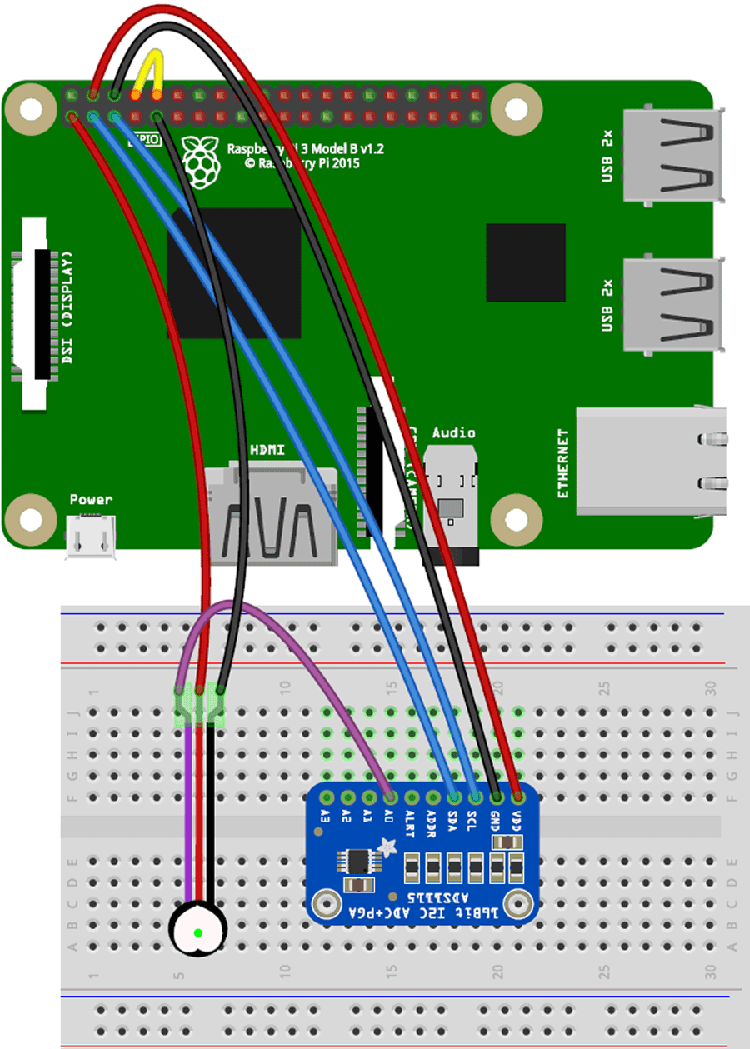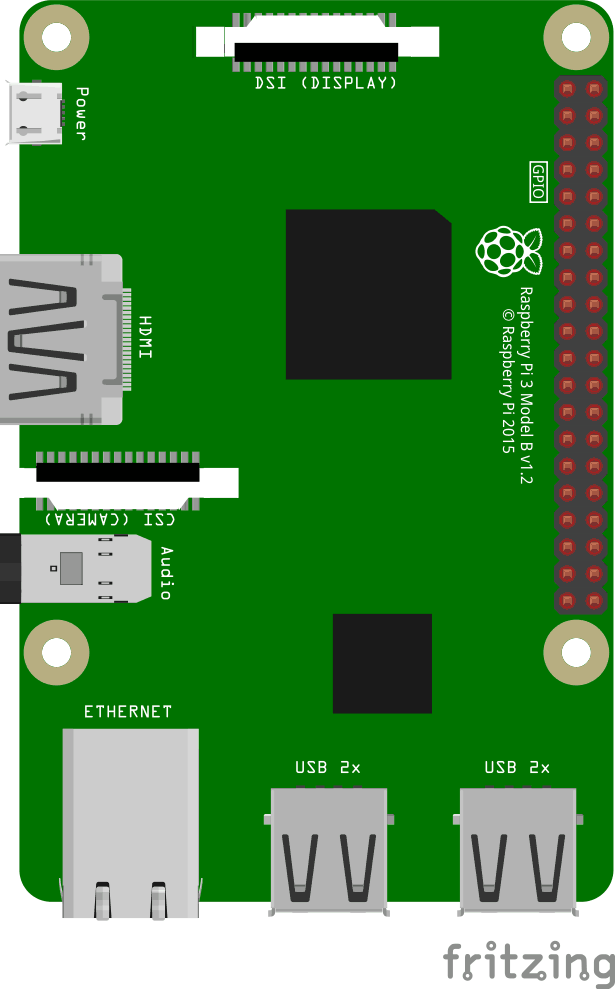Are you looking for a secure and efficient way to manage your Raspberry Pi remotely? A robust solution lies in utilizing SSH keys through the RemoteIoT platform. This method not only provides seamless connectivity but also ensures top-notch security for your IoT devices.
As the Internet of Things (IoT) continues to expand, managing connected devices becomes increasingly complex. The integration of RemoteIoT with SSH offers a dependable and cost-free method to control your Raspberry Pi from anywhere. By leveraging this technology, users can configure SSH access, monitor their devices, and maintain smooth operations without physical presence. Whether you're a beginner or an experienced professional, understanding how to implement SSH keys is crucial for effective IoT management.
| Category | Details |
|---|---|
| Name | RemoteIoT Platform |
| Type | IoT Management Solution |
| Founded | 2015 |
| Headquarters | Silicon Valley, USA |
| Website | |
| Key Features | SSH Access, Device Monitoring, Cloud Integration |
The process begins with setting up your Raspberry Pi to connect securely via SSH. This involves generating SSH keys on your local machine and transferring the public key to the Raspberry Pi. Once configured, the RemoteIoT platform allows you to establish a secure connection, enabling remote access and management. Additionally, integrating AWS services enhances the capabilities of your setup by providing advanced monitoring tools and cloud storage options.
For those unfamiliar with SSH, it stands for Secure Shell Protocol, a cryptographic network protocol for operating network services securely over an unsecured network. Its primary function is to provide secure access to remote computers, making it ideal for managing IoT devices like the Raspberry Pi. With SSH, users can execute commands, transfer files, and perform various administrative tasks without compromising security.
A common challenge faced by many is accessing Raspberry Pi devices behind firewalls or NAT routers. Traditional methods often require complex configurations and port forwarding, which can be cumbersome and error-prone. However, RemoteIoT simplifies this process by offering a straightforward solution. Users simply need to click Connect Port and select the desired port (SSH or VNC). They will then receive a hostname and port number, allowing them to connect effortlessly from any location.
One of the standout features of RemoteIoT is its ability to handle bulk management of multiple Raspberry Pi units. For instance, if you have a fleet of 100-200 devices, managing them individually can be time-consuming and inefficient. Tools like SaltStack offer SSH-based control mechanisms, but they may lack the user-friendly interface provided by RemoteIoT. Platforms such as Dataplicity and Remote-IOT have proven effective for large-scale deployments, ensuring streamlined operations and reduced downtime.
When discussing IoT device management platforms, it's essential to highlight the importance of security. In today's interconnected world, safeguarding sensitive data is paramount. RemoteIoT addresses this concern by incorporating end-to-end encryption and secure authentication protocols. These measures protect against unauthorized access and potential cyber threats, giving users peace of mind when managing their devices remotely.
Furthermore, the RemoteIoT platform supports integration with popular cloud services, including Amazon Web Services (AWS). This collaboration enables users to leverage powerful tools such as Virtual Private Clouds (VPC) and Elastic Compute Cloud (EC2) instances. By combining these resources, administrators can create scalable architectures capable of handling diverse workloads while maintaining optimal performance levels.
In practical terms, consider a scenario where a company deploys hundreds of Raspberry Pi units across different locations. Each unit collects environmental data, such as temperature, humidity, and air quality readings. Using RemoteIoT, the organization can centrally monitor all devices, analyze collected data, and implement automated responses based on predefined thresholds. Such functionality proves invaluable for industries relying heavily on real-time insights, such as agriculture, manufacturing, and healthcare.
To illustrate the implementation process, let's walk through a step-by-step example:
1. Begin by installing the necessary software on your Raspberry Pi, ensuring that SSH is enabled.
2. Generate SSH keys on your local machine using a tool like PuTTYgen (for Windows) or ssh-keygen (for Linux/Mac).
3. Copy the public key generated in the previous step and paste it into the authorized_keys file located in the ~/.ssh/ directory on your Raspberry Pi.
4. Configure firewall settings to allow incoming SSH connections on the specified port.
5. Sign up for a RemoteIoT account and link your Raspberry Pi to the platform.
6. Use the provided hostname and port information to establish a secure connection from any device with internet access.
This approach eliminates the need for manual intervention, reducing human error and enhancing overall efficiency. Moreover, it empowers users to focus on core business activities rather than getting bogged down by technical intricacies.
Another advantage of adopting RemoteIoT lies in its compatibility with various operating systems and hardware configurations. Regardless of whether you're working with Ubuntu, Raspbian, or another distribution, the platform adapts seamlessly to meet your requirements. Similarly, support extends beyond just Raspberry Pi devices, encompassing other single-board computers and embedded systems commonly used in IoT applications.
As organizations continue to embrace digital transformation initiatives, the demand for reliable IoT management solutions grows exponentially. RemoteIoT positions itself as a frontrunner in this space, offering cutting-edge features tailored specifically for modern-day challenges. From securing remote connections to facilitating centralized oversight, its comprehensive suite of tools caters to both novice users and seasoned experts alike.
In conclusion, mastering the art of remote Raspberry Pi management through SSH keys represents a vital skill set in today's tech-driven landscape. Leveraging platforms like RemoteIoT not only simplifies this task but also introduces numerous benefits related to scalability, security, and ease of use. As more businesses adopt IoT technologies, having access to robust management frameworks becomes increasingly important – positioning early adopters at the forefront of innovation and success.




